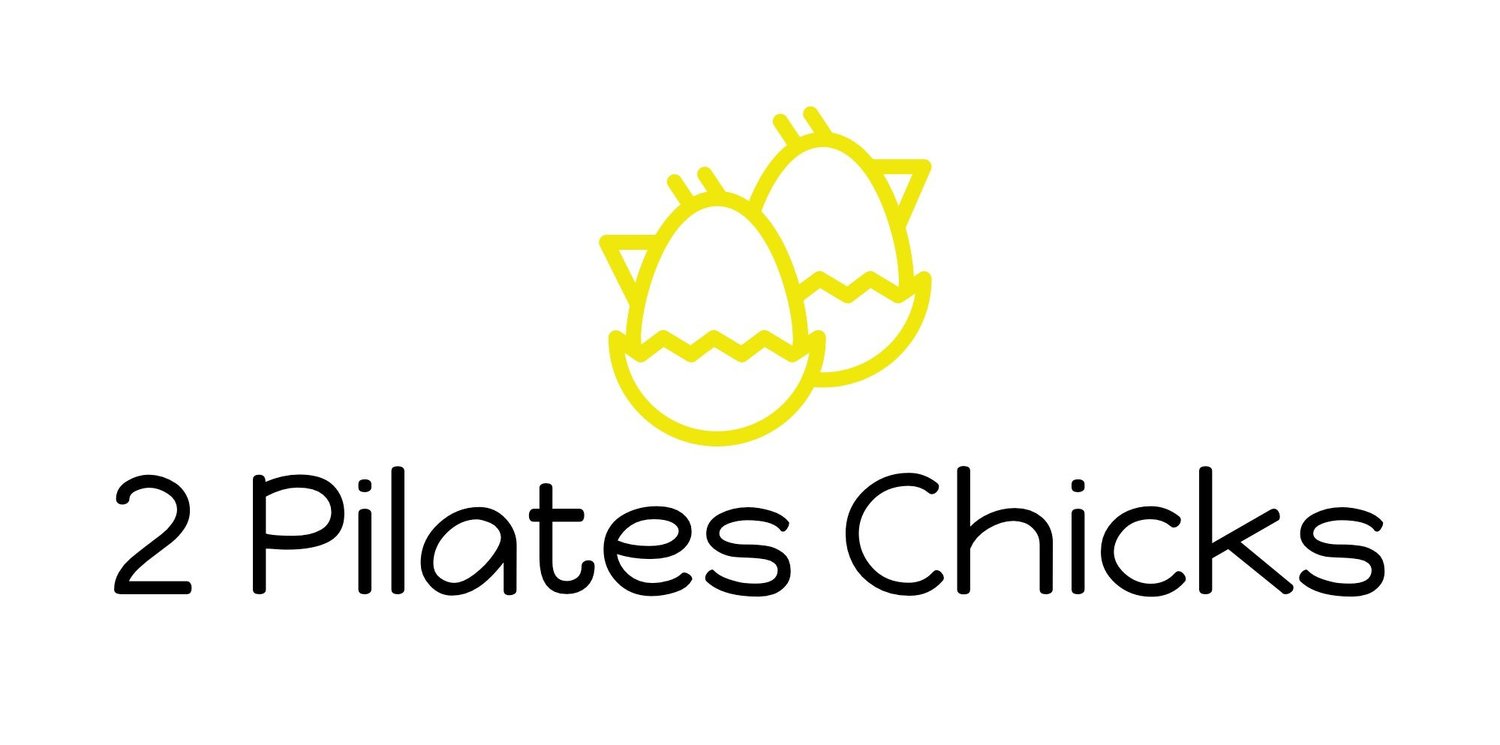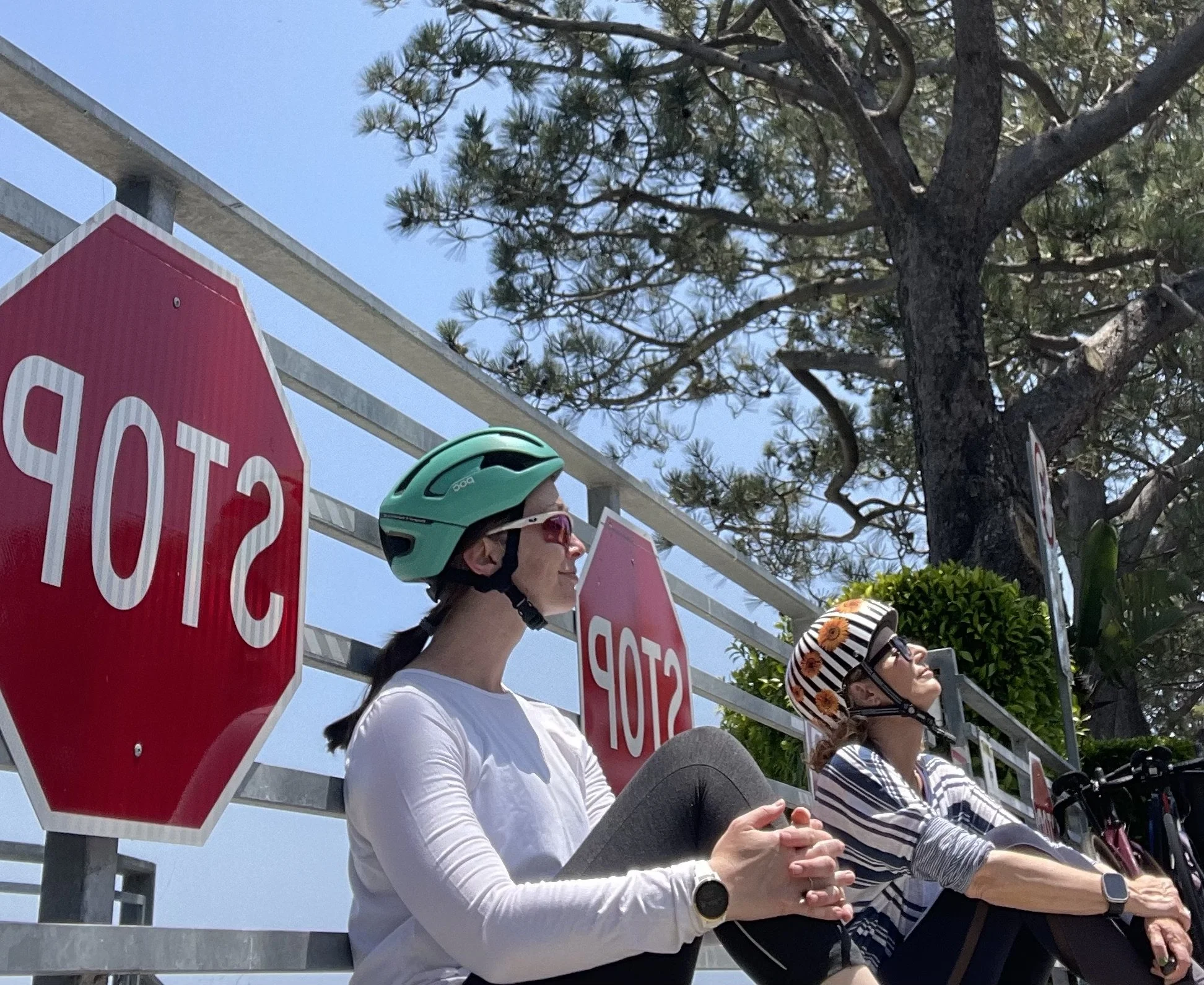"Why are we ovecomplicating Pilates with cues?"
Why are we overcomplicating Pilates? Can we teach Pilates without using anatomy to cue in exercises? What is the purpose of a cue when teaching?
In Season 6, episode 6: "Cueing Anatomy in Pilates", we discuss anatomical cues in a Pilates session, when it's beneficial, when it's not, and other options that don't mention anatomy. Many teachers we don't know what other options exist when cueing in Pilates sessions besides using anatomy.
"Engage your transverse abdominis." "Feel your psoas initiate the hip flexion." "Lengthen your hamstrings." For many Pilates practitioners and teachers, these anatomical cues are a staple of the practice.
But a recent discussion amongst our teacher training students sparked a crucial question:
Can you truly teach Pilates effectively without constantly referencing anatomy? And are we, in fact, making Pilates unnecessarily complicated by doing so?
Many teachers are surprised to learn that a Pilates session does not have to utilize a detailed musculoskeletal breakdown of every exercise. Their own experiences as students had ingrained the idea that knowing precisely which muscle to fire and when was integral to the practice.
Are we truly helping our clients embody the movement when their minds are occupied with trying to locate and activate specific, often unfamiliar, muscles?
When you're told to "move from your transverse abdominus," does that immediately translate into a tangible sensation and a more effective movement, or does it send you on a mental scavenger hunt, trying to isolate a muscle you may not even consciously feel?
Often, these anatomy-heavy cues can lead to gripping, tension, and a disconnect from the overall flow of the exercise. Instead of moving with dynamic stability clients can become fixated on achieving a perceived "correct" static position, dictated by the teacher's anatomical prescription.
Pilates is about more than just isolated muscle activation; it's about coordination, balance, and fostering a deep mind-body connection that translates into functional movement outside the studio. If a client is constantly being told to freeze and focus on individual muscles, are they truly developing the intuitive understanding of how to move their whole body efficiently and reactively in everyday life? When faced with an unexpected obstacle, will their first thought be, "I need to fire my glutes now"? Probably not.
Instead, we want our cueing to guide clients towards experiencing the movement, feeling the connections, and finding their own natural pathways. This requires teachers to be highly observant and responsive. It's less about imposing a pre-determined anatomical ideal and more about layering cues based on what we see and feel from the individual in front of us.
This also extends to setup and positioning. While alignment is important, rigidly dictating foot placement, knee tracking, and hip position before movement even begins can restrict a client's natural range and potentially even cause discomfort. We need to respect their body's inherent choices and guide them from there, rather than forcing them into how we think something should look.
Consider the simple act of pushing the footbar away on the Reformer. This action, in itself, naturally engages the glutes. Why overcomplicate it with a direct "push with your glutes" cue? Clients don't walk around in their daily lives consciously activating their pelvic floor with every step. Our cueing should aim to tap into these natural movement patterns in accessible ways to feel connected to the work and confident in their movement.
For many clients, especially those new to Pilates or coming from non-anatomical backgrounds, terms like "pelvic floor" or "transverse abdominus" are abstract concepts that don't translate into a tangible feeling. Over-reliance on such cues can make the practice feel unfamiliar and complex rather than an exploration of their own body's potential.
It's important to acknowledge that there is a time and a place for anatomy cues. For clients in a physical therapy or rehabilitation setting, or those with specific injuries, understanding and activating particular muscles is often a key part of their recovery. In these cases, the client may already have some anatomical awareness of the affected area. However, even then, the goal is to eventually be able to integrate that isolated activation into functional, whole-body movement.
The beauty of Pilates is in its ability to be individualized. While a scripted set of cues might be necessary for a large group class, private sessions offer the opportunity to truly tailor our language to the client in front of us. Instead of saying "move from your psoas," we can use action-oriented cues like "imagine you're lifting your knee towards your chest as if you're stepping over a high log." This evokes a functional image that the client can easily understand and embody.
Ultimately, the most effective cue is the one that resonates with the client and helps them achieve the desired movement and connection.
By shifting our focus from purely anatomical instructions to more action-based, directional, and sensory cues, we can create a Pilates experience that is more accessible, more intuitive, and ultimately more transformative for our clients. We move away from making the client fit the exercise and instead make the exercise truly fit the client, allowing them to discover their own strength, balance, and freedom of movement.
Let's move beyond the anatomy textbook and guide our clients towards a Pilates practice that is felt, embodied, and truly understood. It's time to ask ourselves:
Why are we making Pilates so complicated, and how can we cue in a way that truly connects our clients to the power of their own movement?





